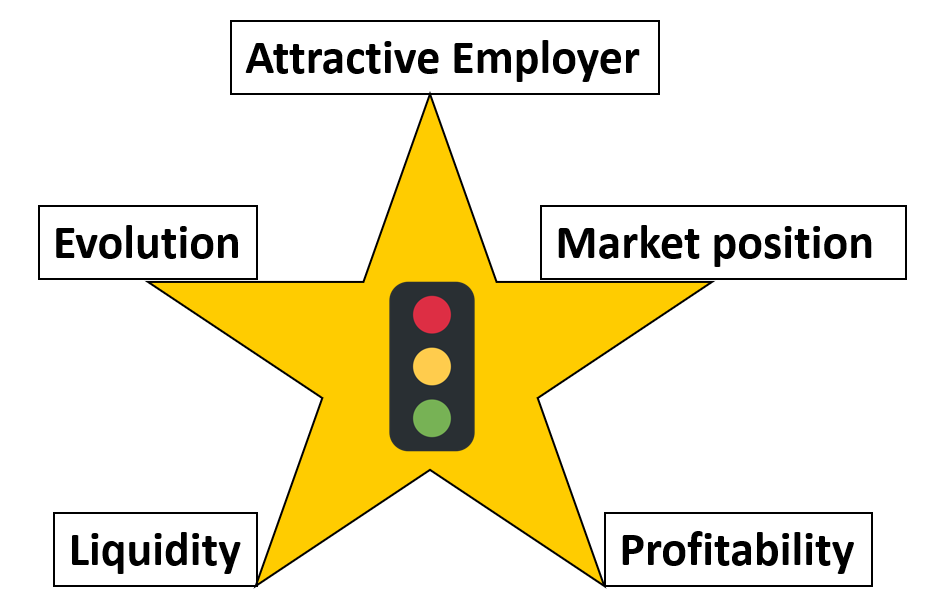Last Updated on May 3, 2024 by Lukas Rieder
AMPLE for Sustainable Success
There are five elements, or “top controls”, that constitute the uppermost deciding parameters of any successful organization. Sustainably successful companies organize themselves and thus also their management tasks according to these, which we call AMPLE for short, as described below.

Attractiveness for employees
Every organization must be able to find and retain employees who have the skills, abilities and knowledge to invent, develop and manufacture products and services in a customer-focused manner and to operate the necessary internal processes in line with the needs of the customers and the own organization.
Therefore, conditions must be created in the organization that appear more attractive from the point of view of existing and potential employees than those of other potential employers. Good pay is an important factor. However, surveys repeatedly show that professional and position-related development opportunities, further education opportunities, employee promotion and, above all, the purpose of the work and the way of working together are decisive.
Market position
A company’s market position improves when its own products and services generate more benefits in the eyes of existing and potential customers than the offers of other providers. Net sales price is only one factor. Rather, market position depends on whether in customers’ purchase decisions the company’s offer-benefits are ranked higher than those of other suppliers.
Profitability
The net proceeds generated must cover the costs of the entire current operation, enable the preservation of the existing substance, and achieve a return in line with the market for all investors. In addition, money for the development of future success potentials must also be earned.
Without generating these funds, a company cannot invest enough in its market position and in evolution. It will not be viable in the medium term. In order to do this it is also necessary to improve internal input/output ratios, i.e., to increase productivity everywhere and continuously.
Liquidity
If a company does not have enough available funds (cash balances or open credit limits), it can neither pay wages nor invoices due on time. This is usually the end, as only a few can avert bankruptcy. Solvency at all times must therefore be planned and controlled in both the short and the long term.
Evolution
Every company must permanently develop further and improve. Other suppliers offer existing products and services cheaper, products or services become too expensive to produce, or are no longer in demand.
Internal, especially administrative processes, must be adapted to new requirements and handled more efficiently. This requires constant innovation and improvement. Evolution is indispensable. Many formerly world-famous companies have disappeared because they did not promote their evolution with enough vigor.
A five-pointed star is chosen for the AMPLE representation to indicate that the relationships between the five elements must be brought into a fluid equilibrium if an organization is to be sustainably successful. The difficulty in this endeavor is that the interactions between the five elements can be both supporting and contradictory.
For example, if a company tries to improve its market position by granting discounts or reductions, capacity utilization in the factory increases, but due to lower net revenues per unit, contribution margins decrease and, as a result, cash flow and profit decrease. Due to the high capacity utilization, new investments in plants become necessary, but due to the lower cash flow the money for this is only available to a limited extent. Lower cash flow also means that less can be invested in evolution and that less money is available to improve the attractiveness of jobs. AMPLE will fall out of the flow equilibrium and, if countermeasures are not taken in time, insolvency will occur in the medium term.
Further explanations of our AMPLE can be found in section 1.1. of the book Management Control with integrated Planning, chapters 1.1 and 2.
